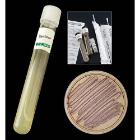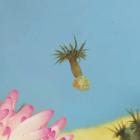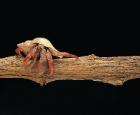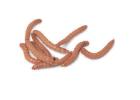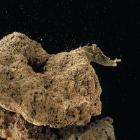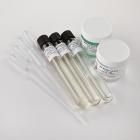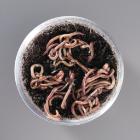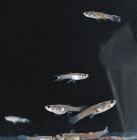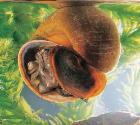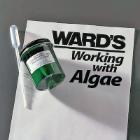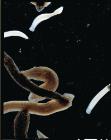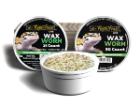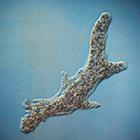You Searched For:
828 results were found
Plants+-+Living+Material
Catalog Number:
(470179-166)
Description:
Lancefield group C, beta hemolysis. Causes strangles in horses. May be pathogenic in humans. Camp test negative; resistant to bacitracin, does not fer...
Description:
Illustrate the structure, feeding habits, responses, and reproduction of a typical Anthozoan.
Description:
The nocturnal hermit crab uses “borrowed” shells to protect its relatively soft body, changing shells as it grows larger.
Description:
This organism is commonly isolated from human nasopharyngeal mucosa
Catalog Number:
(470183-784)
Description:
Ward's Science is not endorsed by or affliated with FOSS curriculum in any way.
Catalog Number:
(470180-492)
Description:
These slugs maintain a marine aquarium’s ecological balance by feeding on algal growth.
Description:
Collections of Specimens Used Most Often in Biology Classes
Description:
From sewage and human intestine. Causes dysentery.
Catalog Number:
(470183-780)
Description:
Ward's Science is not endorsed by or affliated with FOSS curriculum in any way.
Catalog Number:
(470210-930)
Description:
Ward's Science is not endorsed by or affliated with FOSS curriculum in any way.
Catalog Number:
(470183-774)
Description:
Ward's Science is not endorsed by or affliated with FOSS curriculum in any way.
Description:
Taking their name from the bluish pigment that most of these organisms share, each jar contains a broad sample of several types of cyanobacteria.
Description:
One culture containing brown, black and white planaria is useful for comparative study.
Description:
This organism is easily recognized by its trumpet-shape, and can commonly be found in freshwater ponds and streams. It reproduces by budding.
Description:
Wax worms are a hardy larvae that are easy to handle.
Description:
Demonstrate amoeba structure, locomotion, and feeding behavior.
Inquire for Price
Stock for this item is limited, but may be available in a warehouse close to you. Please make sure that you are logged in to the site so that available stock can be displayed. If the
Stock for this item is limited, but may be available in a warehouse close to you. Please make sure that you are logged in to the site so that available stock can be displayed. If the
This product is marked as restricted and can only be purchased by approved Shipping Accounts. To apply for a shipping account number, click here. If you need further assistance, call Customer Service at 800-962-2660 or email [email protected].
-Additional Documentation May be needed to purchase this item. A VWR representative will contact you if needed.
This product has been blocked by your organization. Please contact your purchasing department for more information.
The original product is no longer available. The replacement shown is available.
Limited quantities of this product are available. To check availability or place an order, call Customer Service at 800-962-2660 or email [email protected].
|
|||||||||





